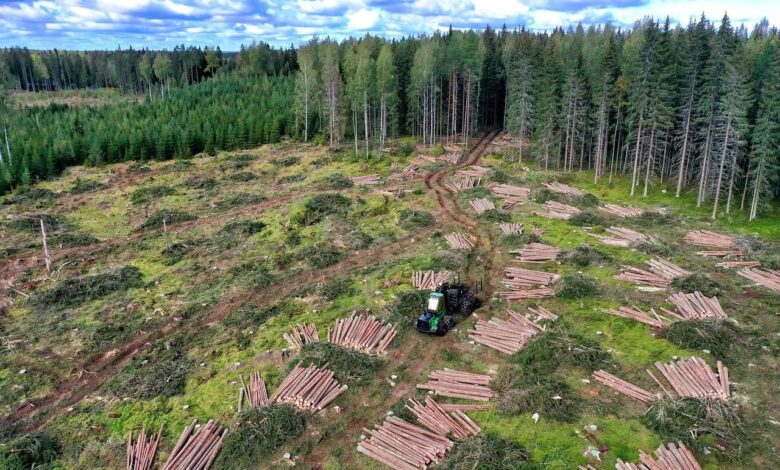Forestry Mulchers vs Stubble Mulchers – What’s the Difference?

In a time where intelligent stewardship of our land is paramount, acquainting yourself with agricultural and forestry machinery is essential. We shall delve into the functionalities of two such key tools – forestry and stubble mulchers – highlighting their unique purposes in land maintenance and readiness. Furthermore, this guide will unveil some fascinating trends in farm machinery & equipment in WA.
Peeling Back the Layers: Forestry Mulchers
Resilient machinery, forestry mulchers are predominantly employed for terrain clearance. They efficiently grind trees, shrubs, and even whole trunks into mulch, a process that not only opens up land but also enhances soil health by reintroducing organic elements. Forestry mulchers are indispensable in the management of large estates, like forested landscapes that necessitate rapid, effective vegetation removal. They’re perfect for creating firebreaks, maintaining rights-of-way, and prepping land for development, thereby proving essential in commercial forestry and land management scenarios.
Pivotal Features:
- High-grade construction to deal with dense vegetation and thick trunks.
- Powerful engines and robust blades engineered to slice through tough materials.
- Versatile enough to operate on different types of vegetation and uneven terrains.
The Stubble Mulcher’s Stage
Stubble mulchers, conversely, are crafted for the agricultural terrain. They are specifically built to manage crop remnants such as corn stalks, wheat stubble, and other field detritus post-harvest. By chopping and evenly dispersing the remaining plant matter across farmland, stubble mulchers assist in decomposition, increasing soil fertility and curbing erosion. These machines focus on optimising soil conditions and prepping fields for future planting seasons, unlike their forestry counterparts which concentrate on land clearing.
Salient Features:
- Precision and efficiency in processing field stubble without requiring high-grade power.
- Lightweight and nimble design suitable for agricultural fields.
- Focus on sustainability, enhancing healthier soil ecosystems.
The Evolution of Mulching Technology
The industry’s thirst for more versatile land management solutions has stimulated innovation in the realm of mulching. Noteworthy is the advent of hybrid mulchers, where the strengths of forestry and stubble mulchers are married together. These avant-garde machines can navigate a wider spectrum of tasks, creatively bridging the gap between forestry and agricultural applications.
Benefits of Hybrid Mulchers:
- The ability to pivot between forestry and agricultural needs, offering multifunctional capabilities.
- Cost-effective alternatives for landowners managing both types of land.
- Advancements in design and technology lead to more sustainable land management practices.
The Final Word
Grasping the intrinsic differences between forestry and stubble mulchers is an asset for those in the agricultural and forestry domains. While each has a specific purpose, the advent of hybrid technology offers a comprehensive tool for versatile land management needs. For those committed to bolstering their operations while retaining a focus on environmental sustainability, staying abreast of these advancements could pave the way to future success.
By navigating these dynamic developments, those in agriculture and forestry can make informed choices that coincide with their unique land management goals, inevitably leading to more efficient and sustainable practices.




